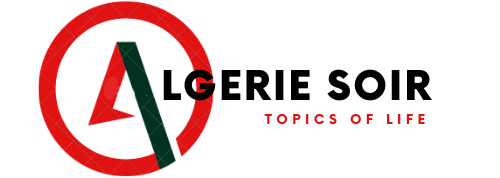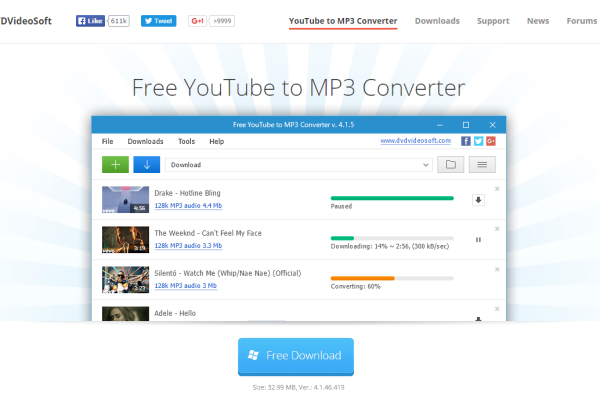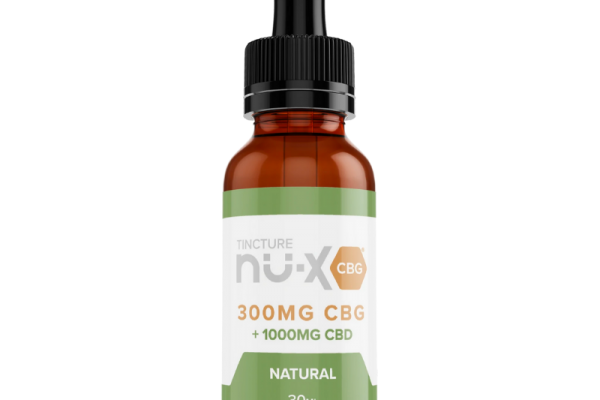For the average investor, one of the great things about the Internet is the proliferation of online stock brokers. Most of these are also discount brokers, so an investor can get both accessibility and low prices on their stock trades. It’s a stark contrast to the days when your father had to make a call to his broker and pay huge fees to make a trade. One of the results of this whole situation is that there are far more investors in the stock market than ever before. It makes perfect sense. Any time the price of a product or service or service is lowered and the access to it is facilitated, the number of users will increase, providing there is a demand for the item in question.
The elimination of the NYSE’s fixed commission structure in May of 1975 opened the door for the discount brokerage. Prior to that day, stock brokers charged investors a fixed commission for every trade, and it was expensive. There was no freedom to negotiate either, as minimum trade commission prices were set by the SEC. It was a real old boys club, and most would-be investors were excluded. After the process was deregulated, discount brokers began to appear, one of the earliest and most famous being Charles Schwab.

Today there are many discount stock brokers, much to the benefit of all investors, weather they are hard core traders who make their living from investing, or the casual investor who may only make a few trades a year. With the ability to trade from home, and free from the requirement of having a broker involved in every trade, there are no longer barriers to those who would like to dip their toes into the stock trading waters before they take the plunge all the way. Those who like to trade consistently have things much easier as well.
The evolution of discount brokers effectively removed the last barrier to that group of investors. Now, with the price of trades ranging from as low as free to $20 a trade the cost of trading has been reduced to the point where it’s been effectively eliminated for most people.
The other huge advantage of the Internet and online brokerage for most people is that it’s now very easy to find information (not always true) on various investment choices. Weather an investor is looking for general information a particular market, company or even legislation, it’s all there for the browsing. Most online discount brokerages make available a complete set of tools for their customers. The array of tools available now to the amateur investor would actually be the envy of most professionals only a few years ago. Most even offer real time, streaming quotes. In the not too distant past, that would have been the province of the hard core professional investor or institution.
There a still full service brokers, and most of those have online and even discount style accounts. Many investors today don’t feel they need the level of service (and are unwilling to pay for it) offered by a full service brokerage houses. Who are the big players in the discount brokerage game, and what do they offer you? Well, here is a comparison of some of the most popular online discount brokers and what they offer you:
TD Ameritrade – No commission trades for the first 30 days, but you may want to keep trading for a bit beyond 30 days. After the initial 30 day period, you’ll pay $9.99 per trade with no maintenance fees. They offer 24/7 online and phone support. There is a $2,000 minimum required to open a non-IRA account and a $1,000 minimum for IRA accounts. Many investing tools are free, however real time news from Dow Jones will cost you about $30 a month.

E*Trade – E*Trade was the first online brokerage, dating to 1983, but at that time, they weren’t something anyone could just log on and use. Now they offer stock trades according to a graduated pricing plan. Those who make up to 29 trades a quarter and have less than $50,000 in their E*Trade account will pay $12.99 per trade. If you have a larger nest egg and/or make between 30 – 149 trades a quarter, you’ll pay $9.99 per trade. Options traders can tack on an additional .75 fee per trade. Broker assisted trades cost an additional $45. E*Trade has no required minimum for IRA accounts. Pink sheet stocks will require a $54.99 fee to trade. E*Trade has an annual $160 maintenance fee.
Zecco – Zecco offers free stock trades for those who make fewer than 10 trades a month and have more than $2,500 in their account. That makes them my choice for the occasional or semi-active investor. Those making more than 10 trades a month will pay only $4.50 per trade. If you prefer options, you’ll spend $4.50 + 50 cents per contract. Something else favoring beginning investors is that there are no minimums required to open a Zecco account. Find out more here.
Scottrade – Scottrade offers low, $7.00 online trades for stocks trading at over $1.00 per share. Pink sheet stocks will require a $27 fee to trade. If you need help from a real, live person to make a trade, broker assisted trades run $27 as well.(the same $27).If you’d like to walk in and talk to someone face to face on occasion, they have over 330 branch offices scattered throughout the country. Scottrade offers free, streaming, real time Dow Jones information.
Charles Schwab – Thanks to a persistent ad campaign in the ‘80’s and ‘90’s, Chuck is who many people think of when they hear the term “discount broker”. They’ve been around since way before discount brokers went online. They charge $12.95 to trade for orders of less than 1,000 shares. If you exceed the 1,000 share limit, they’ll tack on a penny and a half per share fee, but no account maintenance fee. Charles Schwab also has real time Dow Jones info for free if you’re an account holder.







































